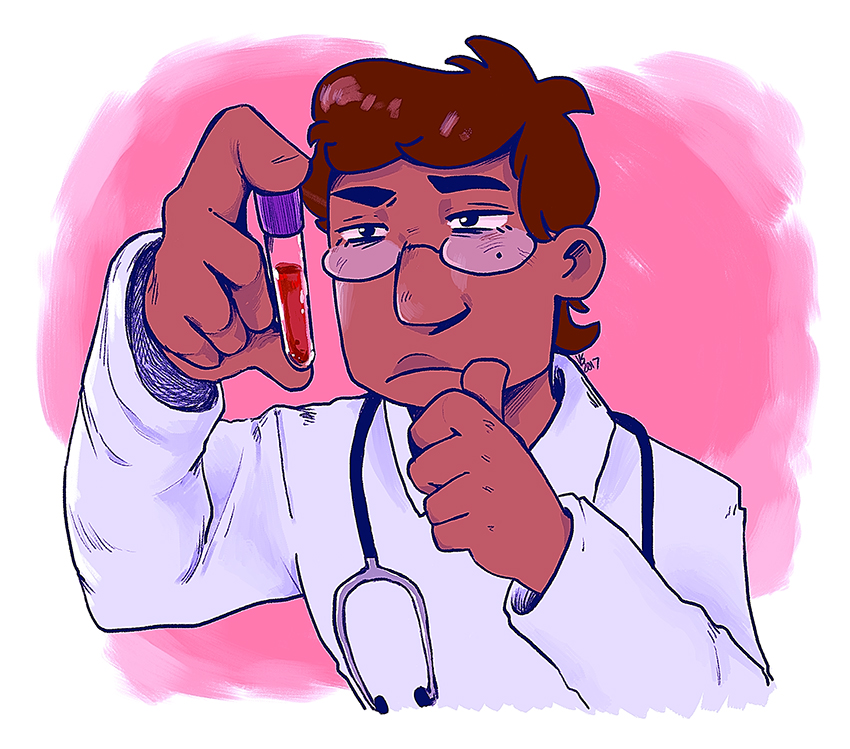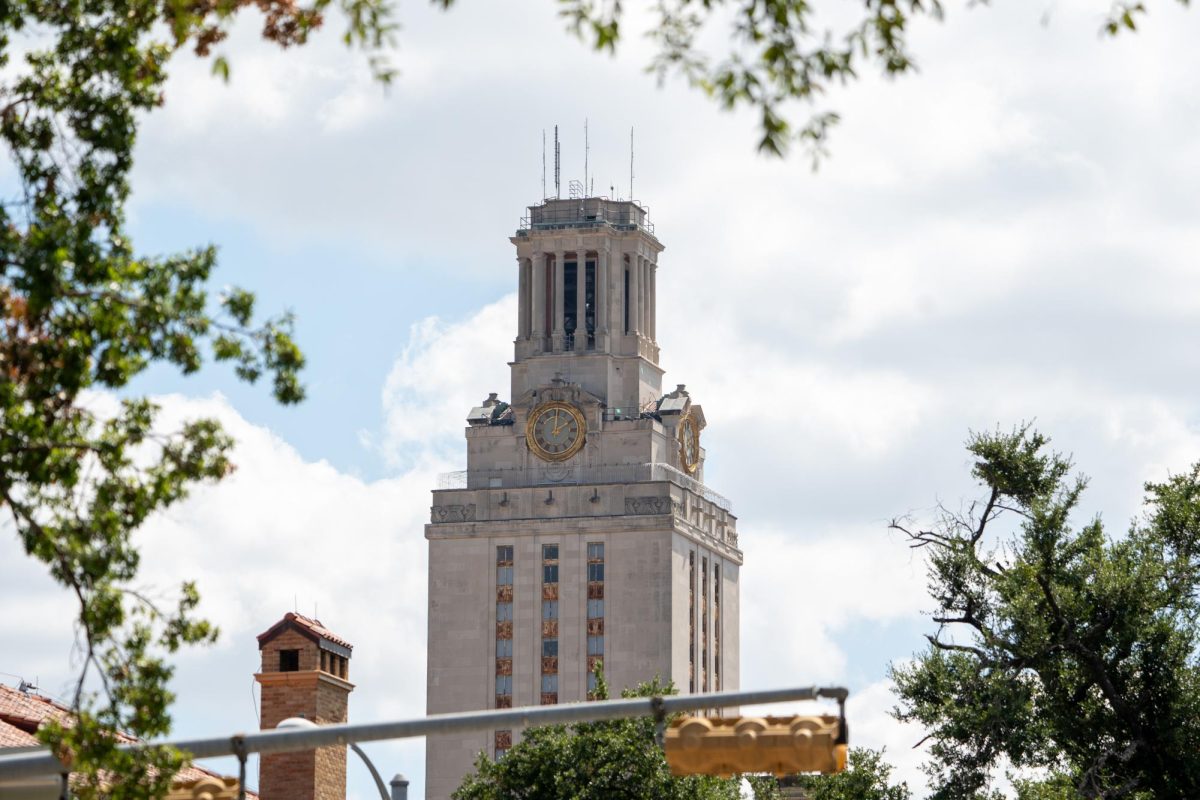Southwestern Medical Center are working to develop blood protein tests that could help diagnose those on the autism spectrum with greater than 90 percent accuracy.
According to the group’s study, published in June in the Journal of Neuroinflammation, the disorder affects one out of every 68 children in the United States, making it the fastest-growing developmental disability and affecting more children than cancer, diabetes and AIDS combined.
This may be due to changes in diagnostic criteria, as well as increased autism awareness resulting in improved detection, according to Laura Hewitson, director of research for the Johnson Center for Child Health and Development, based in Austin.
“However, most researchers will agree that the prevalence of autism spectrum disorder is increasing beyond what can be accounted for by diagnostic changes and increased awareness,” Hewitson said.
Currently, the disorder is diagnosed in a clinical setting through a series of comprehensive tests. However, it can be difficult to obtain all the information needed to make a definitive diagnosis, especially in younger children. Behavioral therapy is the gold standard for early intervention, Hewitson said.
“Unfortunately, there is not one single path forward for selecting interventions for autism spectrum disorder and sometimes many different approaches are needed,” Hewitson said.
This study was led by Hewitson and UT Southwestern psychiatry professor Dwight German.
“I first approached Dr. German about collaborating after his publication on the use of serum peptoids to identify blood samples from patients with Alzheimer’s disease,” Hewitson said. “I was interested to see if that approach could also be used in autism spectrum disorder.”
They found that two proteins — thyroid-stimulating hormone and interleukin-8 — were related to the disorder. Levels of TSH were significantly lower in boys on the autism spectrum, while IL8 was significantly higher. When measuring the two proteins together, the researchers accurately identified the disorder in boys 82 percent of the time.
German said that these proteins could be used as blood biomarkers — compounds that can be found in the blood and are highly linked to a disorder. A test using biomarkers would be especially useful in assessing infants for the autism spectrum, as it could be performed before typical behavioral signs surface.
“Diagnosis at such an early time point would allow therapy to be given so as to maximize the beneficial effects,” German said.
Autism diagnostic assessments are time-consuming and cannot always be used in infants or very young children, so research must continue in order to develop more testing tools, Hewitson said.
“The results from our study are not meant to improve or change existing methods of autism spectrum disorder detection but rather provide an additional tool to ascertain risk, potentially in very young children, before diagnostic testing would even be possible,” Hewitson said.
These results were made possible through collaboration with Myriad Rules-Based Medicine, an immunoassay testing lab based in Austin, German said.
Myriad uses a Multi- Analyte Profiling platform to test blood samples for biomarker patterns.
Myriad’s Human Discovery MAP was chosen to analyze subjects’ blood samples because it tests for more than 175 proteins, many of which have been previously implicated in ASD, German said.
While this study only looked at male children, primarily because the disorder is most prevalent in boys, German said the next step is repeating the study using a larger sample, with the hopes of determining if the same biomarker proteins are also abnormal in disorder-affected girls.
In addition to expanding the research to include more girls with the disorder, Hewitson said that they would also like to increase the number of proteins used in screening blood samples and possibly screen blood samples from newborns to determine their level of risk and follow them through development.
“This would be a longitudinal study taking many years, but it would allow us to see if our panel of biomarkers is successful in predicting Autism Spectrum Disorder,” Hewitson said.





















